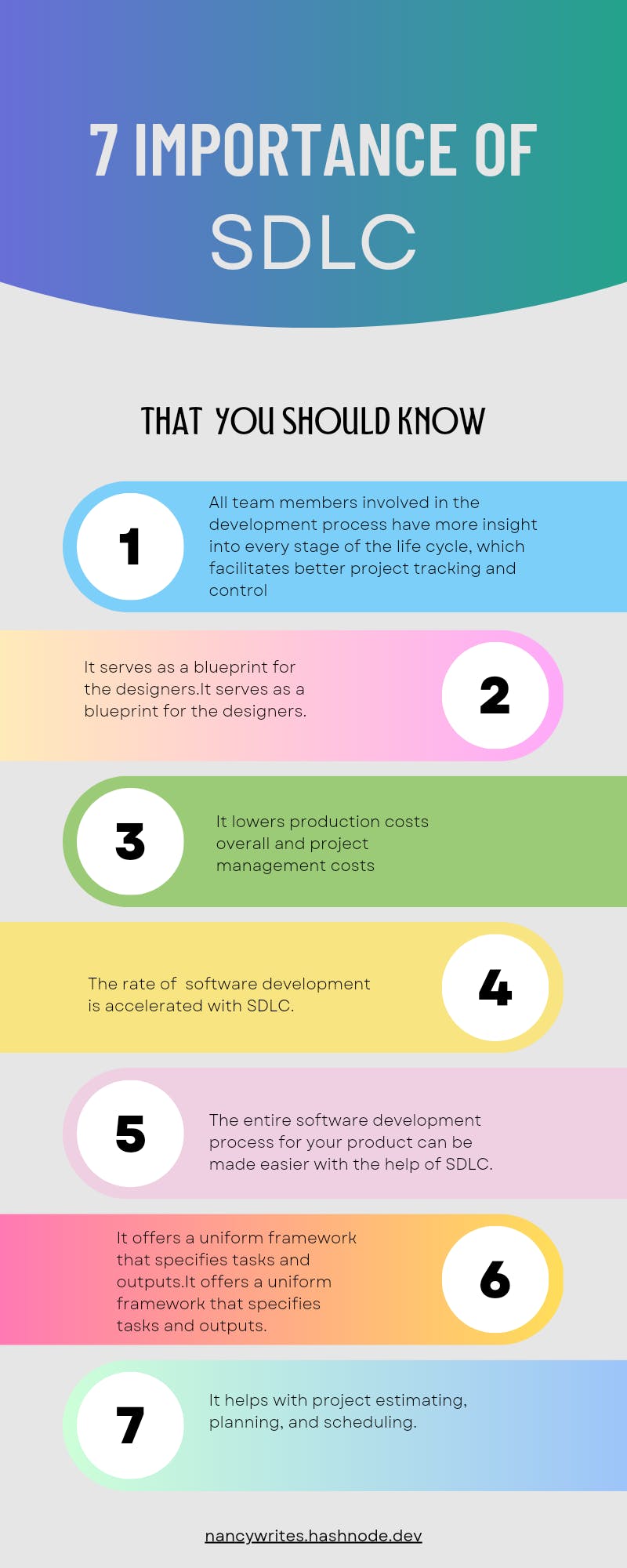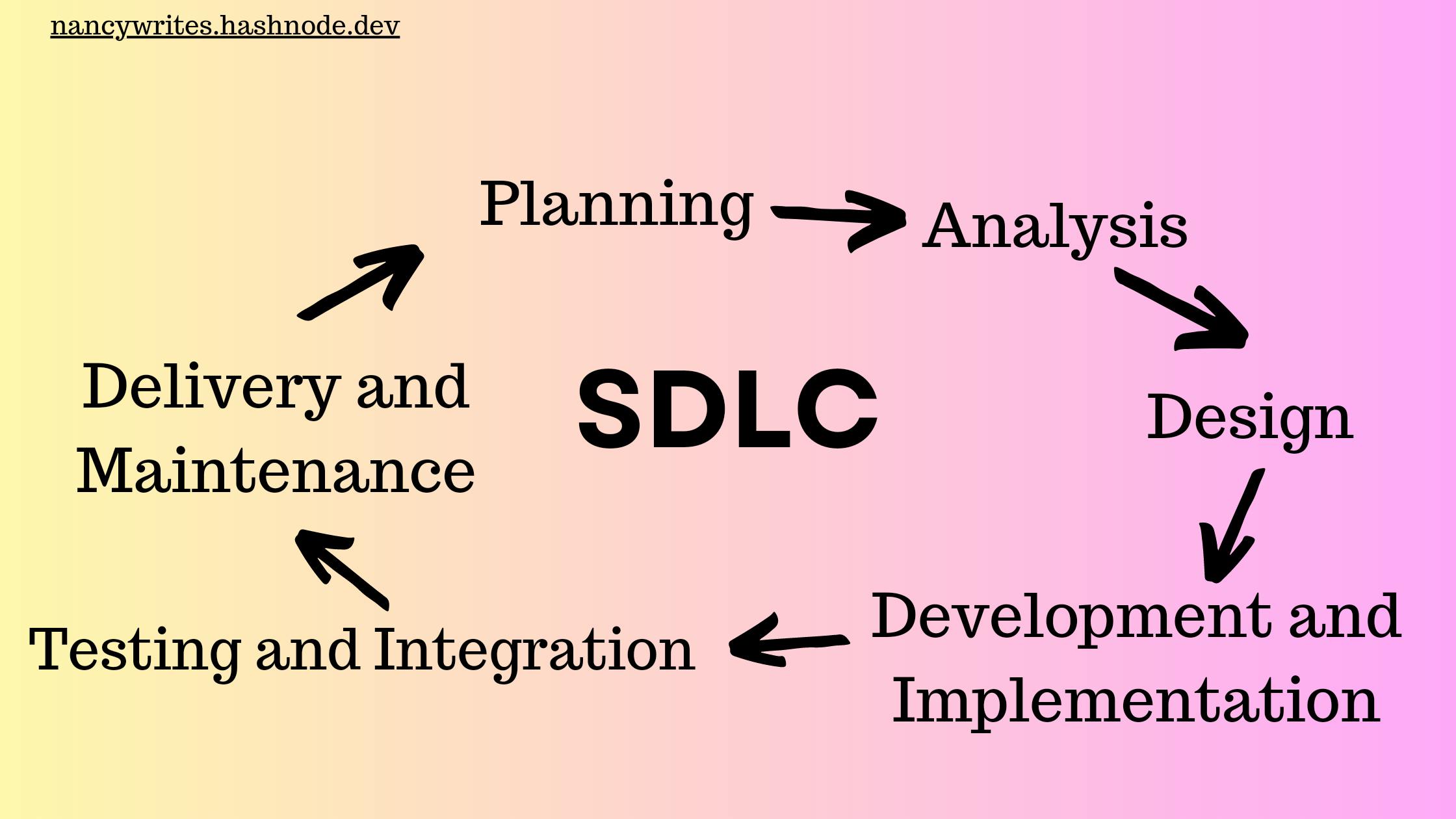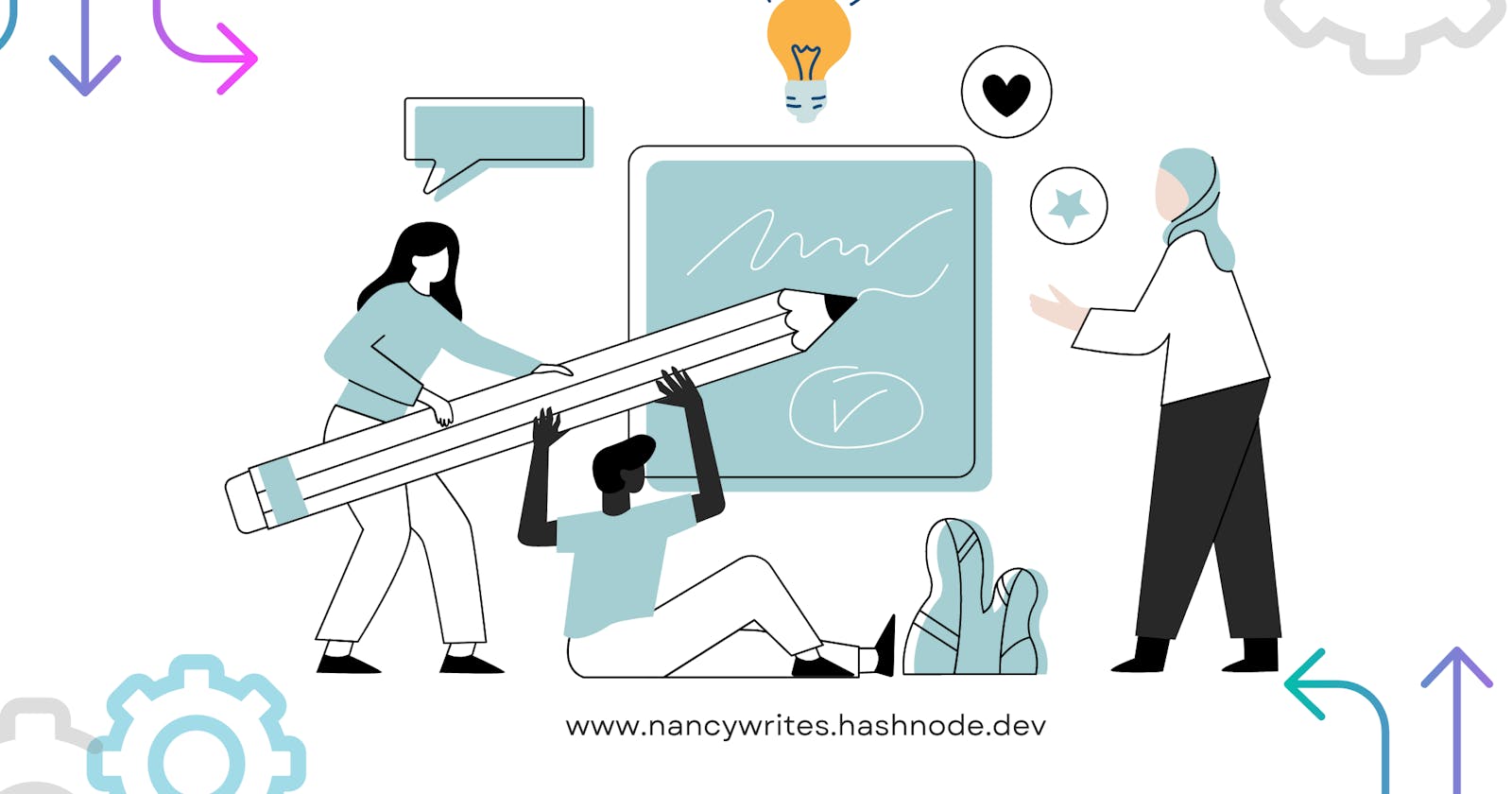Key terms used in this article
- Iterative
The term "iterative" describes a method in which a product's or application's design is improved through repeated review and testing.
- SDLC
SDLC means software development life cycle.
Introduction
The best software is created with a pre-determined plan to prevent delays, overspending, and costly failures. To create high-quality software as fast, safely, and affordably as possible, many software businesses follow strategies in the software development life cycle (SDLC).
This article explains the basics of the software development life cycle to help you understand what is involved in software development. It does not cover any advanced knowledge of software development.
What is SDLC?
Development teams employ the Software Development Life Cycle (SDLC), a time- and money-efficient approach, to create high-quality software.
The SDLC develops and specifies a comprehensive plan with stages, or phases, each of which includes its procedure and outputs.
The SDLC's objectives are to reduce project risks and create excellent software that meets and exceeds all client requirements.
Why is SDLC Important
Here is why SDLC is important for development teams.
It helps with project estimating, planning, and scheduling.
All team members involved in the development process have more insight into every stage of the life cycle, which facilitates better project tracking and control.
The rate of development is accelerated with SDLC.
It offers a uniform framework that specifies tasks and outputs.
It strengthens relationships with clients and lowers project risks.
It serves as a blueprint for the designers.
It lowers production costs overall and project management costs.
The entire software development process for your product can be made easier with the help of SDLC.

Phases of SDLC
The different phases needed to build a software application are outlined in the software development life cycle. As new features are added and software issues are addressed, the development process passes through numerous stages.
For various development teams, the SDLC process's specifics vary. However, we've listed a few common SDLC phases below.

Planning
Analysis
Design
Development and Implementation
Testing and Integration
Delivery and Maintenance
Planning
The first stage of the SDLC is planning. Usually, it covers provisioning, cost estimation, project scheduling, and resource allocation.
The development team collects requirements from clients. The requirements help with project planning by defining expectations and agreed on goals. At this point, the team also decides what is not wanted in the program.
The team should know the following at this phase:
What the product will accomplish
How the product will be used by customers
The technology needs to build the product
How long it will take to build the product
The resources needed by development team members to finish the project.
The risks involved with the development.
The schedule the various phases should follow
Analysis
At this phase, A Software Requirement Specification (SRS) document is developed after proper planning. This document contains all the product requirements required throughout the life cycle process, and it will be shared with the development team for review and consideration before the requirements specified in this document are either accepted or rejected.
The development team should know the following at this phase:
If the users need to be analyzed.
If there are existing products with the same features on the market being analyzed.
If resources, timeframes, and financial constraints are calculated.
The technologies that can support the product.
Design
After the final Software Requirement Specification document has been approved, the project moves on to the following stage of the development cycle, the design phase.
The design specification document which describes the features of the product in detail is created during this phase. The document gives programmers an idea of what they would need to start creating the product.
The development team should know the following at this phase:
Why a specific feature is needed.
The problems the feature will solve.
What the user will accomplish with the product.
How to implement the features.
What the user interface should look like.
The systems and hardware necessary to define the overall architecture of the system
How the product should work.
Development and Implementation
This phase is the most important in SDLC and begins after the team receives the Design Development document. The development team begins building the software by examining the specifications to determine smaller coding jobs they can complete each day to produce the desired outcome. The majority of the time and resources are spent on this phase.
The development team should know the following at this phase:
The language to write the code in
How the team members will communicate effectively
Testing and Integration
After the code is written, the product goes through non-functional as well as functional testing, including unit, integration, system, and acceptability testing.
This phase ensures that the software is flawless and satisfies consumer needs.
The development team should know the following at this phase:
If the final check is properly done before a product release.
If any bugs are discovered
If the new features are compared to the previous ones.
It's important to note that at this phase if bugs or errors occur, they are sent back to the development stage, where programmers fix any flaws or errors. This phase will be repeated and iterative until no bugs or errors are found.
Delivery and Maintenance
Once the tested product performs at its peak it is moved on to this phase. The client (s) receives the product all at once or in batches and they decide if the software product should undergo beta testing or not. If any error occurs, the product is sent back to the development team for correction.
The development team should know the following at this phase:
If the customer is satisfied with the onsite product
If customers are facing any issues with the product
Are the support team able to answer customers' questions
At this phase, the customer service staff uses client comments and responses to compile reports on what works well and what needs to be improved. These comments help the development team to create a better-upgraded version of the product.
SDLC Methodologies
Although the processes in the SDLC are constant, there are several SDLC methodologies and each takes a somewhat different approach to these steps (phases). Agile and waterfall are two of the approaches that are most frequently mentioned and applied.
Waterfall
The waterfall model is the oldest, most straightforward, and most systematic methodology. It systematically arranges each phase so that the outcome of the previous phase determines the outcome of the subsequent phase. The design conceptually progresses like a waterfall from one phase to the next.
Advantages of waterfall methodology
Here are some advantages of the waterfall methodology.
It is straightforward to handle and adhere to.
The waterfall methodology is most appropriate for small software development projects when requirements can be precisely pre-defined and activities are simple to organize and manage.
The ability to track and evaluate progress is made possible by having an early, clearly defined end state.
Early in the project, customers and developers reach an understanding of expected results making it easier for a large part of the process to progress after receiving the requirements without involving the customer.
Limitations of waterfall methodology
Here are some challenges that come with waterfall methodology.
The waterfall methodology is rigid. Once a phase is declared finished, there isn't much room for change because revisions can affect the price, the time it takes to deliver the program and its quality.
Few customers or end users are involved, which can cause some customers to feel excluded.
This method puts off testing until the end of the process, which could allow minor problems to grow into bigger ones before being discovered.
Products take longer to deliver in this methodology compared to more iterative techniques, like agile.
Agile
This methodology involves continuous release cycles with each one including minor, incremental modifications from the previous release. The product is tested at each iteration.
The agile methodology is incremental and iterative, which makes them more effective than other methodologies. It ensures that minor problems in the project are resolved before they grow into bigger issues.
Advantages of Agile methodology
Here are some advantages of the agile methodology.
It is flexible. The development team can easily move from one phase to the next without being concerned that the prior phase isn't flawless or finished.
The product in this methodology takes a shorter time to market compared to the waterfall methodology.
This methodology gives the customer numerous opportunities to provide feedback on the product because it is very user-focused.
Its iterative structure, which enables early and frequent testing and feedback gathering, ensures risks are minimized.
Limitations of Agile methodology
Here are some challenges that come with Agile.
Applying it to real-world projects can be difficult, particularly to bigger projects with numerous stakeholders and components.
Developers, clients, and other stakeholders must work extremely closely together and communicate frequently which might affect the project schedule negatively.
Conclusion
The software development life cycle ensures that the deployed software meets customer expectations in the agreed timeframe and cost. Although its phases are constant, its methodologies can have different approaches.
This article covers the basics of the software development life cycle to help you understand what goes into software development
